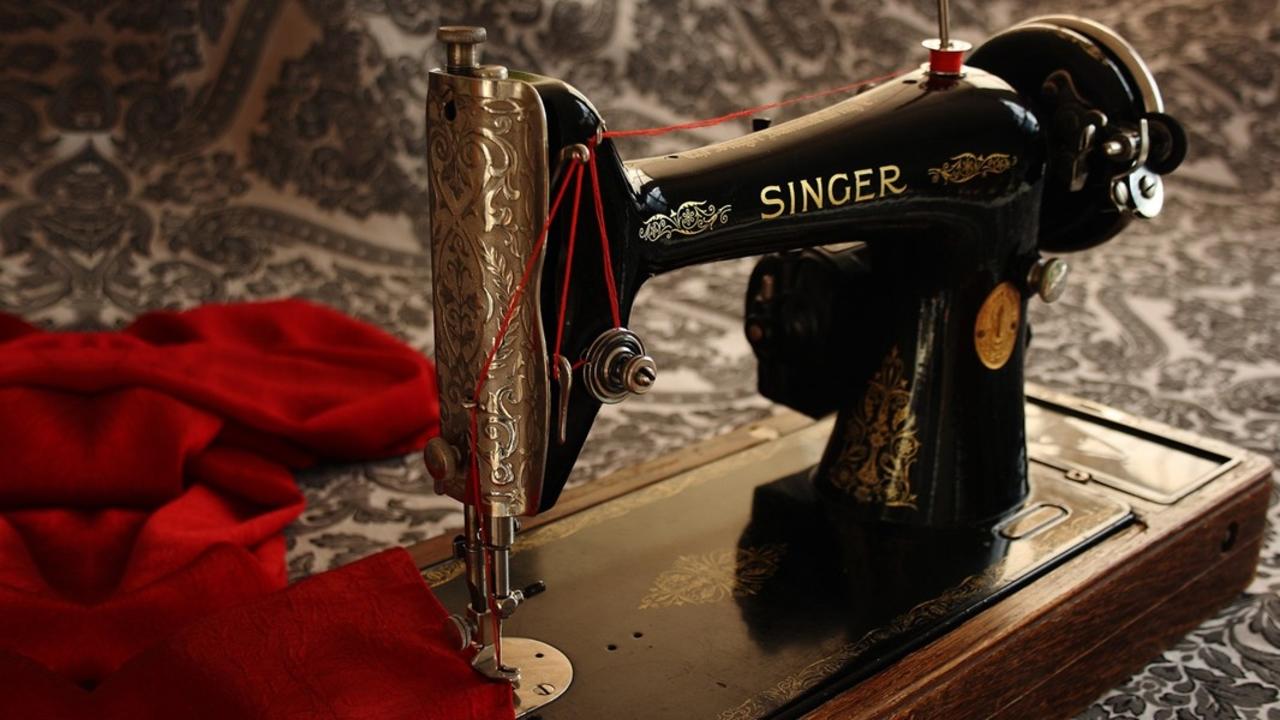Are Expensive Clothes Worth It?

This week, I read an article in the Guardian commenting on the quality and pristine condition of clothes that the journalist's mother had in her wardrobe. Her ability to spot good quality from poor, across all brands and price points were noted, but also the care and attention these clothes had received. Clearly, this was a woman who cared about what she wore.
It takes a certain skill (and learning) to know good quality from poor and generally the more you pay for an item, the more likely it is to be of a higher quality. But price alone, by no way, actually guarantees that it will last any longer than its High Street cousin. Good quality pieces can be found mixed through the churn of High Street clothing and they can last much longer than some of the most expensive pieces. But they are very few and far between, the reverse of thirty plus years ago when quality was the anchor of our most successful British High Street chain stores.
When Marks and Spencer first took its production outside of the UK there was no reduction in the quality of the goods. They simply made more profit by using cheaper labour. Many of the fabrics were exported from the UK to low-cost manufacturing regions. With free trade incentives, tax-free ports, these raw materials from the UK or European sources could enter these zones as fabric and leave as a finished product. Remember the outcry in the early 90’s when M&S was exposed as still labelling their products as “Made in the UK?” when in fact the majority were made offshore? They exploited a loophole in the system that said provided one operation took place in the UK the garment could still be labelled and marketed as UK produced. They imported the finished goods and performed one simple operation in the UK such as button attachment and et voila, it qualified as Made in the UK. Shareholders were happy, customers were happy and let’s face it, only M&S procurement really knew what was going on. As competition increased on the High Street so too did the pressure to produce garments more cheaply.
Today only a very small percentage of the actual cost of a garment comes from the raw materials and labour costs. Your money is not being spent on an item that is worth the physical price tag, or even anything close to it. You are paying mostly for the marketing budget including celebrity endorsement, High Street rents of bricks and mortar stores that are struggling to keep their doors open and lining shareholders pockets. In addition to this, there is the fact that only a small volume of stock actually sells at the original retail price. Sales are not limited to twice a year; there are constant promotions to try to tempt you to part with your hard-earned cash. Then there is the scary monster in the room no brand wants to admit to, of the unsold, returned stock that never sees the light of day. Considered industrial waste, it’s too expensive to get rid of, too expensive to repackage and ship back out too store, and too damaging to current sales to be put out to market at a reduced price, so instead they are stacked high and hidden in disused warehouses.
My best estimate of the actual cost in terms of labour and raw materials - which is the heart of the quality of a garment for a high street garment that retails at £30.00 today, is less than £5.00. Thirty years ago, it was double that. Those of us old enough to remember “the good old days,” it’s not just your imagination; the quality of clothes really was so much better back then.
Listen to your mum, your gran and your aunts, they know what they’re talking about. For younger generations who have only experienced Boohoo or Misguided, it’s like trying to convince them that the world did actually function before the internet! Quality is not the younger generations focus, being on trend and how easy it is to get the latest “must have” is. The marketing is being dominated by who wore what where. Here today and gone tomorrow.
The target customer of some brands is not this younger generation or mindset, but since the introduction of supermarket prices for clothes over fifteen years ago what else can a retailer do but join in or lose out. Hence why even the stalwarts of traditional quality have fallen from their once shiny pedestal and make clothes to compete on price point and sacrifice quality.
Consumers today are starting to demand more of the suppliers. With blockchain promising transparency in the supply chain, we are assured we will even know the sheep which grew the wool, right up to who’s hands put the brand label onto the garment. It is progress for the ethical production of clothing but how does it assist the consumer to make a better quality decision on their purchase? If garments were made better from better quality fabrics and component pieces that washed and performed well, the need to replace them would reduce as they stay looking new for longer.
I sold corporatewear on textile testing performance, along with a heavy dose of garment engineering to make sure my garments didn’t fall apart after 45 plus washes and over a hundred wears. We have work to do as a fashion industry to clean up all of our processes. I believe if we put quality and not quantity at the core of what we do, we can make great progress on sustainability in every aspect of what could once more be the wonderful world of fashion.
Stylish Wishes
Kay




